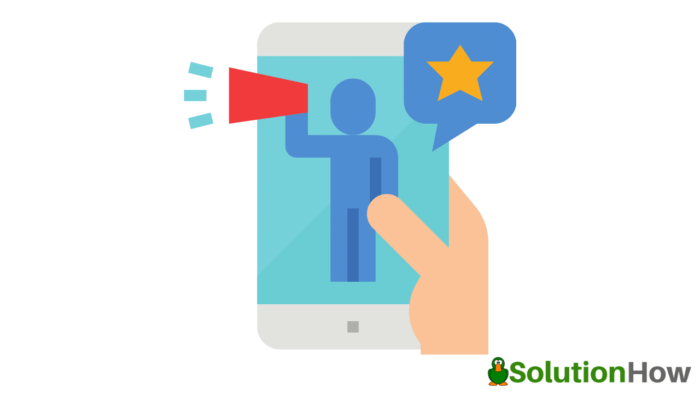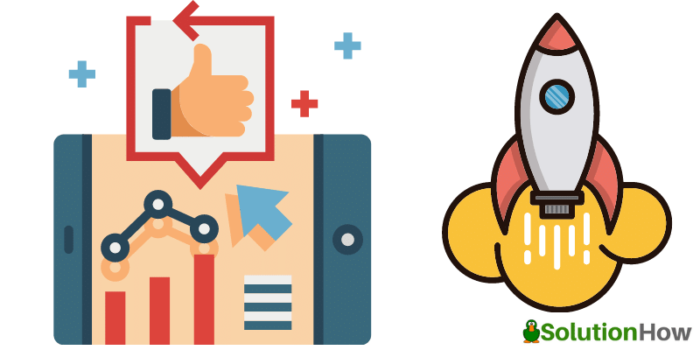
Influencer Marketing
As has been widely acknowledged, collaboration between brands and online influencers to market products or services (or even to boost brand recognition itself) has experienced unprecedented levels of success. Such is its perceived power that influencer marketing has blossomed into a £5-£10 billion global industry.
While such figures may seem astonishing, hefty budgetary commitment to influencer marketing begins to make a great deal of sense when one considers the statistics driving the industry’s continued rise.
For instance, according to research conducted by Edelman, 35% of consumers trust what influencers say due to shared values. This concurs with previous findings from a 2016 Think with Google report, with four in 10 Millennials expressing that “their favorite creator understands them better than their friends”.
But how, if at all, has the COVID-19 pandemic affected expectations for the development of influencer marketing?
How COVID-19 has shifted expectations
One would be forgiven for assuming that the coronavirus pandemic, and the ensuing lockdowns, might have adversely affected the influencer marketing landscape. Indeed, influencer campaigns and sponsorships that required any form of outside activity or location shooting were largely postponed or cancelled at first.
While COVID-19 may have inspired certain hesitancy on the part of brands in proceeding with influencer marketing-based strategies, the industry was later seized by a distinct shift in priorities that effectively transferred demand elsewhere, instead of removing it entirely.
For instance, while the categories of fashion and travel experienced a decline in sponsored content, other areas, including home fitness, saw sudden growth in correlation with the onset of the stay-at-home economy.
As a result, instead of putting influencers out of business, the pandemic has merely encouraged a rethink in content creation, with the focus shifting to activities followers currently most relate to – like home workouts and beauty tutorials.
Authenticity and the future of influencer marketing

Boost Your Marketing
Although an exact deadline for COVID-19’s curtain call remains unclear, the industry of influencer marketing – while perhaps not in the areas we might have expected pre-pandemic – continues to thrive. Several key areas, in relation to the future development of influencer marketing, have been identified:
- The prioritization of ‘at home’ content
- The development of community-centered campaigns
- Increased authenticity management
The connection between brand and community, particularly during the COVID-19 crisis, is worth some consideration. In a world where consumers are still learning how to cope with the indoors, influencers are leading the way in driving a sense of community spirit.
Given previous qualms over the authenticity of influencer marketing, engaging with the community and building trust must be the uppermost priorities for organizations looking to develop their brand. One such way this might be done is through a focus on at-home activities, which currently resonate with the public.
In addition, it is expected that influencer marketing will look to build stronger relationships between brands and consumers by prioritizing community-centric campaigns; emphasizing, through the influencer, how brands support and give back to communities hard-hit by the pandemic.
Building better relationships between influencer and brand is another essential objective for the influencer marketing industry. Socially Powerful are a global influencer marketing agency who understand this concept thoroughly, and can provide valuable insight where you might need it.
After all, in the world of influencer marketing, content may be king, but authenticity – of brand and influencer – is the true driver of the industry.







You must be logged in to post a comment.